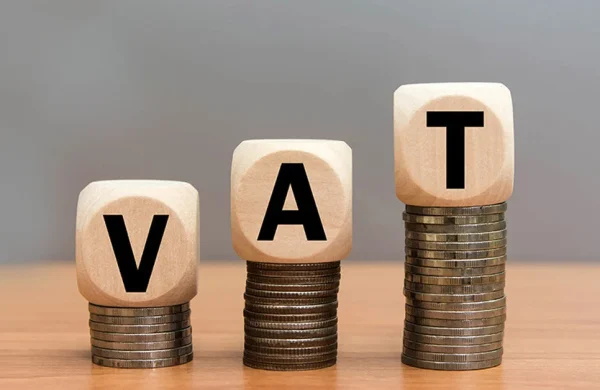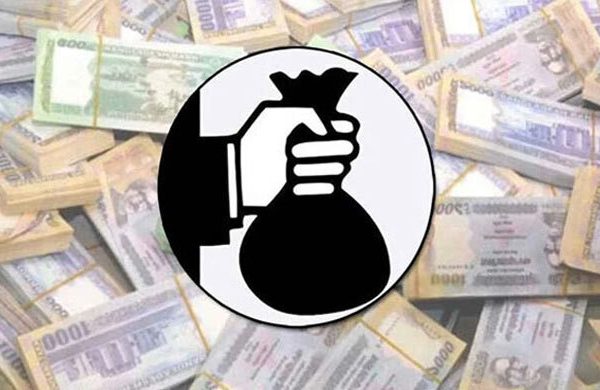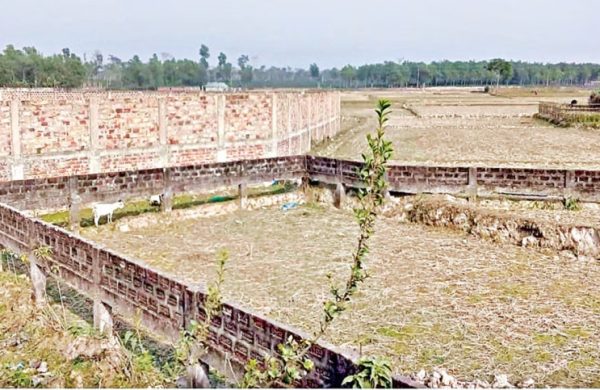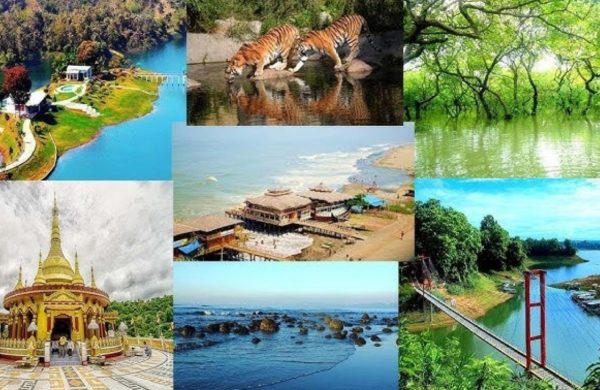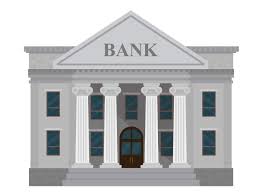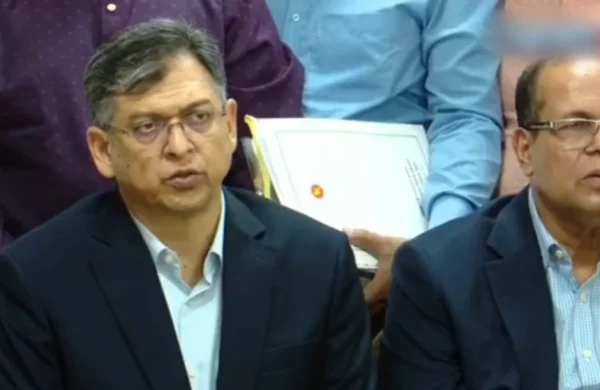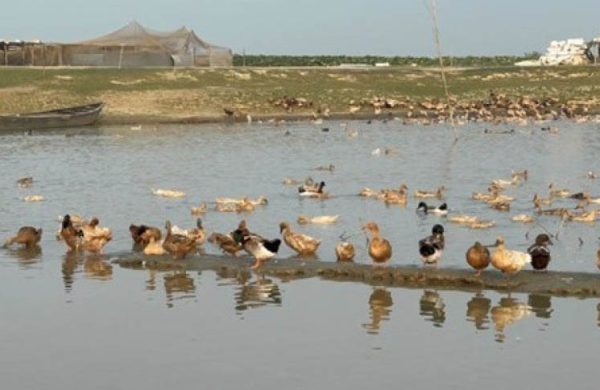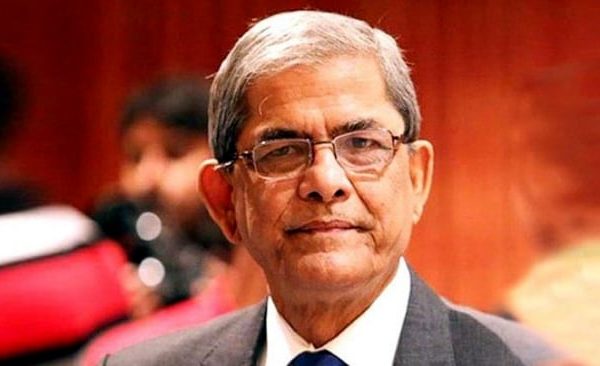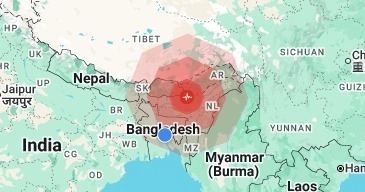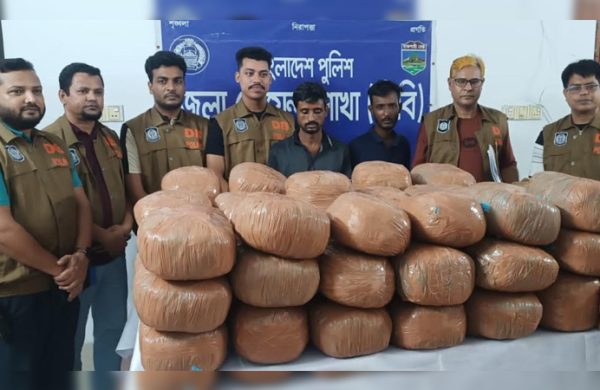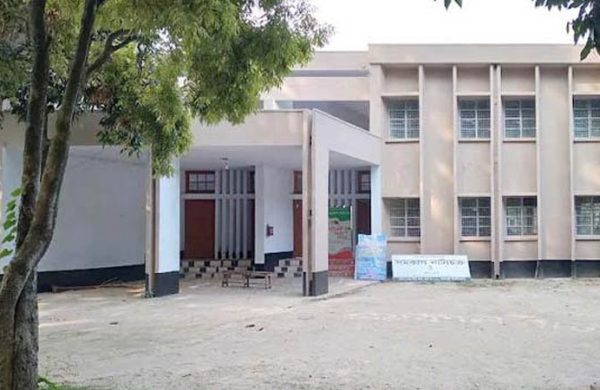Reserves rise, but at what cost
- Update Time : Sunday, September 14, 2025
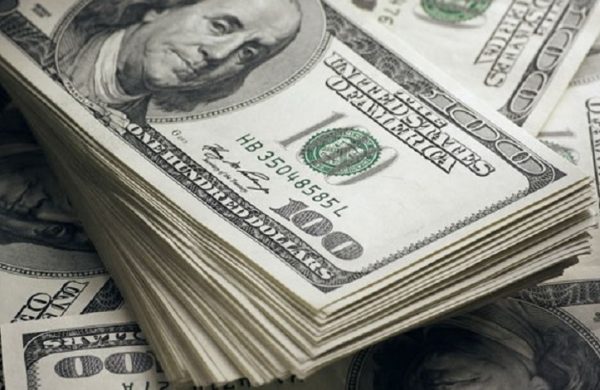
TDS Desk:
Bangladesh’s foreign exchange reserves have shown signs of recovery in recent months. According to Bangladesh Bank data, as of August 2025, the country’s gross reserves stood at $31.17 billion, while the IMF’s BPM6 (6th edition of the Balance of Payments and International Investment Position Manual) measure placed it at $26.17 billion. Just a month earlier, the figures were $29.8 billion and $24.78 billion, respectively.
At first glance, these numbers bring relief. After years of pressure from import payments, a weakening taka, and IMF scrutiny, a rebound in reserves is reassuring.
But a closer look reveals a troubling paradox: while reserves are rising, import activity—measured through letters of credit (LCs)—remains subdued, and in some sectors, it is sharply contracting.
This points to a deeper concern. The country may be gaining reserves not because the economy is expanding, but because imports are being suppressed. That is a dangerous foundation on which to build stability.
THE NUMBERS BEHIND THE STORY
Recent LC data illustrates the mixed picture.
LC openings in FY2024-25 edged up only 0.18 percent year-on-year, to $69.01 billion from $68.89 billion.
Bangladesh’s imports recovered in FY2024-25 after two years of downturns, but capital machinery imports fell for the third consecutive year, reflecting a low appetite for investment among entrepreneurs.
Imports of capital machinery, as reflected by the opening of LCs, dipped by 25 percent year-on-year to $1.74 billion last fiscal year, according to the latest data from Bangladesh Bank (BB).
The BB says capital machinery imports for the leather industry fell the most, followed by those for the packaging, textile, and jute sectors.
Industrial raw material imports inched up only 2.71 percent, reaching $20.22 billion, suggesting industries are maintaining current production rather than expanding capacity.
Private sector credit growth stood at just 7.15 percent in May of FY25, whereas the target was 9.5 percent.
So, while reserves are moving upward, the arteries of trade and investment appear clogged.
WHY ARE RESERVES RISING
Bangladesh’s reserves are rising due to several key factors. Remittances surged in FY25, supported by incentives for formal channels and tighter checks on hundi.
Exports, particularly in the ready-made garment sector, delivered steady earnings with nearly 10 percent growth in July–August after a decline last year.
Import outflows have been curbed as the central bank restricted non-essential goods.
In addition, loans, aid disbursements, and deferred repayments have provided temporary relief, with remittances playing the strongest role in sustaining reserves despite weak import activity.
RESERVES RISE, BUT AT WHAT COST
But a deeper look shows the risks of this trend.
The collapse in capital machinery imports is a cautionary signal. Firms are not expanding, not modernising, and not preparing for future competitiveness. This suggests private sector confidence is low.
When businesses hesitate to open LCs for raw materials, it often means they lack new orders or are worried about financing costs. This reflects slowing economic momentum.
If reserves are rising only because imports are restricted, then the cushion is artificial. Once restrictions ease or deferred payments fall due, pressure could return.
Import restrictions can cause supply shortages. Combined with a weaker taka, this could keep inflation stubbornly high, particularly for essentials like fuel, medicine, and food.
LESSONS FROM THE NUMBERS
The data tells a story of short-term relief but long-term vulnerability. Reserves are rising, yes, but not for the right reasons.
A healthy economy grows reserves through higher exports, more diversified remittances, and investment inflows—not by holding back on machinery and raw materials.
The sharp fall in capital machinery imports is especially alarming. Factories need new equipment to improve productivity, cut costs, and remain globally competitive.
If investment continues to dry up, Bangladesh risks being stuck in low-value manufacturing, unable to climb the ladder to higher-value exports.
WHAT SHOULD BE DONE
Bangladesh’s rising reserves look good, but it is not all good news. The growth is mostly from cutting imports and slowing investment, which is risky.
To keep moving forward, the country should support remittances, diversify exports, and allow businesses to import needed machinery and raw materials.
Clear rules and stable policies are key. Reserves give breathing space, but Bangladesh must use it to grow, not just survive.


